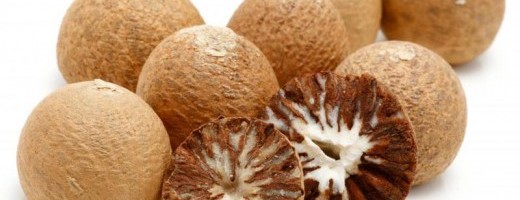
Chewing betel nut – mak – and the ingredients that always accompany it was once a way of life in Thailand, so much so that when chewing gum was introduced here, it was called mak farang – foreign betel nut.
Betel nut chewing, however, represents another refined technique developed over the centuries by the meticulous Thais, who always turn everything they touch into fine artistry.
Betel nut and its accessories are referred to as mak phlu, the betel nut and the betel pepper leaf. They are beautifully put together, with all the other ingredients, as a kham – a mouthful or a bite. The betel leaf is first daubed with a red spread made of lime (the chemical from baked cockleshells, that is) neutralized by turmeric. Then small amounts of tidbits are added. They range from finely sliced tobacco leaves, herbs and spices like cloves and cardamom, to a pinch of salt. The leaves are then rolled into shapely cones, to be bitten and chewed alongside the betel nuts, which are often artistically cut up into fine and presentable pieces.
Fresh betel nuts are the most preferred by chewers. One nut is often divided into three or four bites. The yellowish pink meat of the nut is left attached to the lush green peel and the white inner skin in such a way that the chewers can easily tear it away in a bite. The skin would then serve as a tender brush for the teeth. The method of cutting up the betel nut was once taught to the Thais at a very young age, so that they would know how to handle the small, sharp knives and be able to prepare the betel nut for their parents or grandparents.
Betel nut chewing can become a habit or even an addiction. Before a drastic crackdown on the practice during the Second World War, almost every Thai was chewing betel nut, in the home, in public, and in the workplace. Like tobacco and other personal items, betel nuts and their accessories were carried everywhere.
There were even special betel nut containers that were made for royalty and noblemen, who were often granted a container by the king as sign of their title or rank. The containers, called chian mak, come in all sizes and shapes, made of metal or wood. The main characteristic of all types of chian mak is the many compartments it features. Not many betel nuts and their belongings would be stored, but other items would be kept in the containers. They have now become a collector’s item.
Even today, well-arranged betel nut and its belongings can be found on sale, meant as an offering at the shrines, Buddhist and Hindu, in the households and public places.